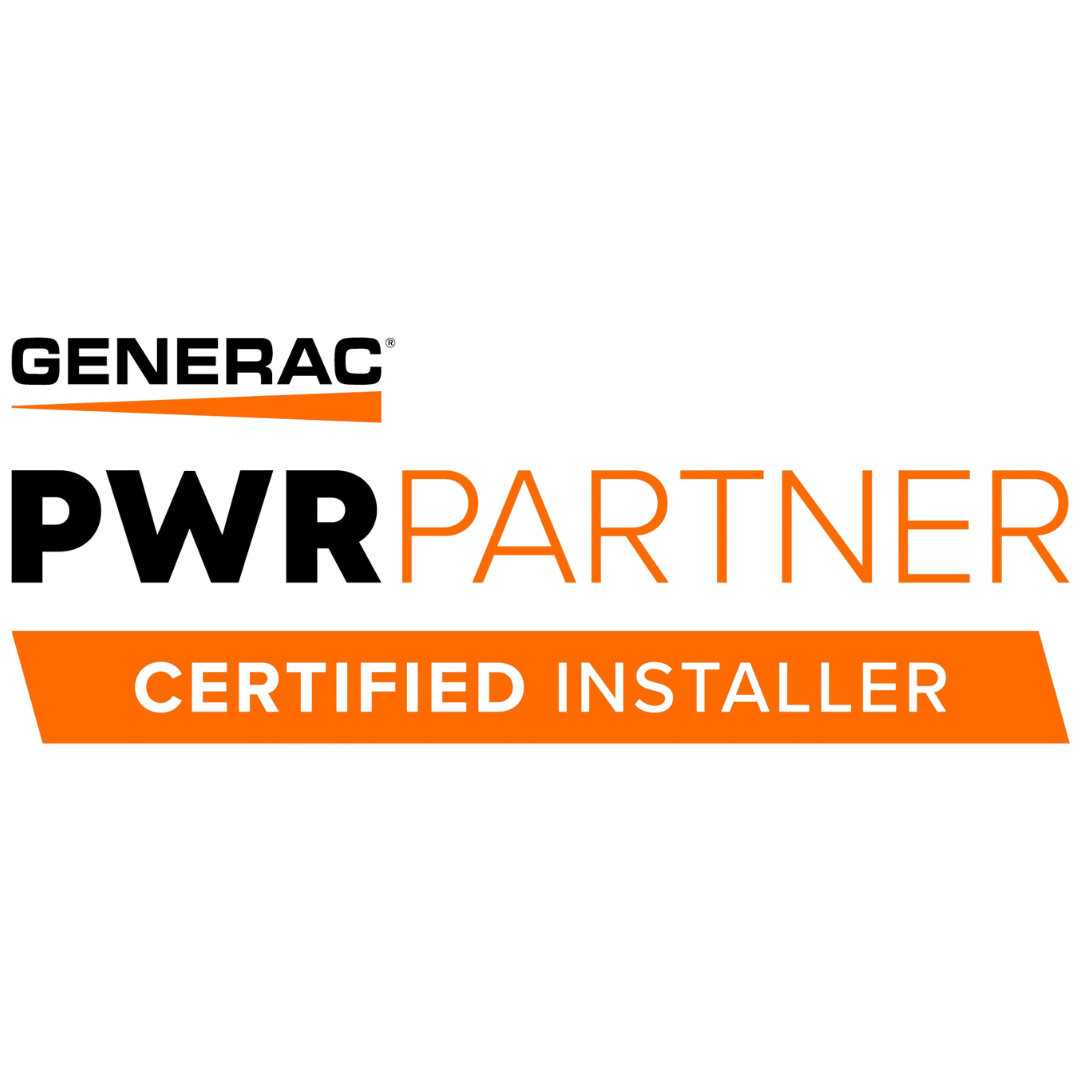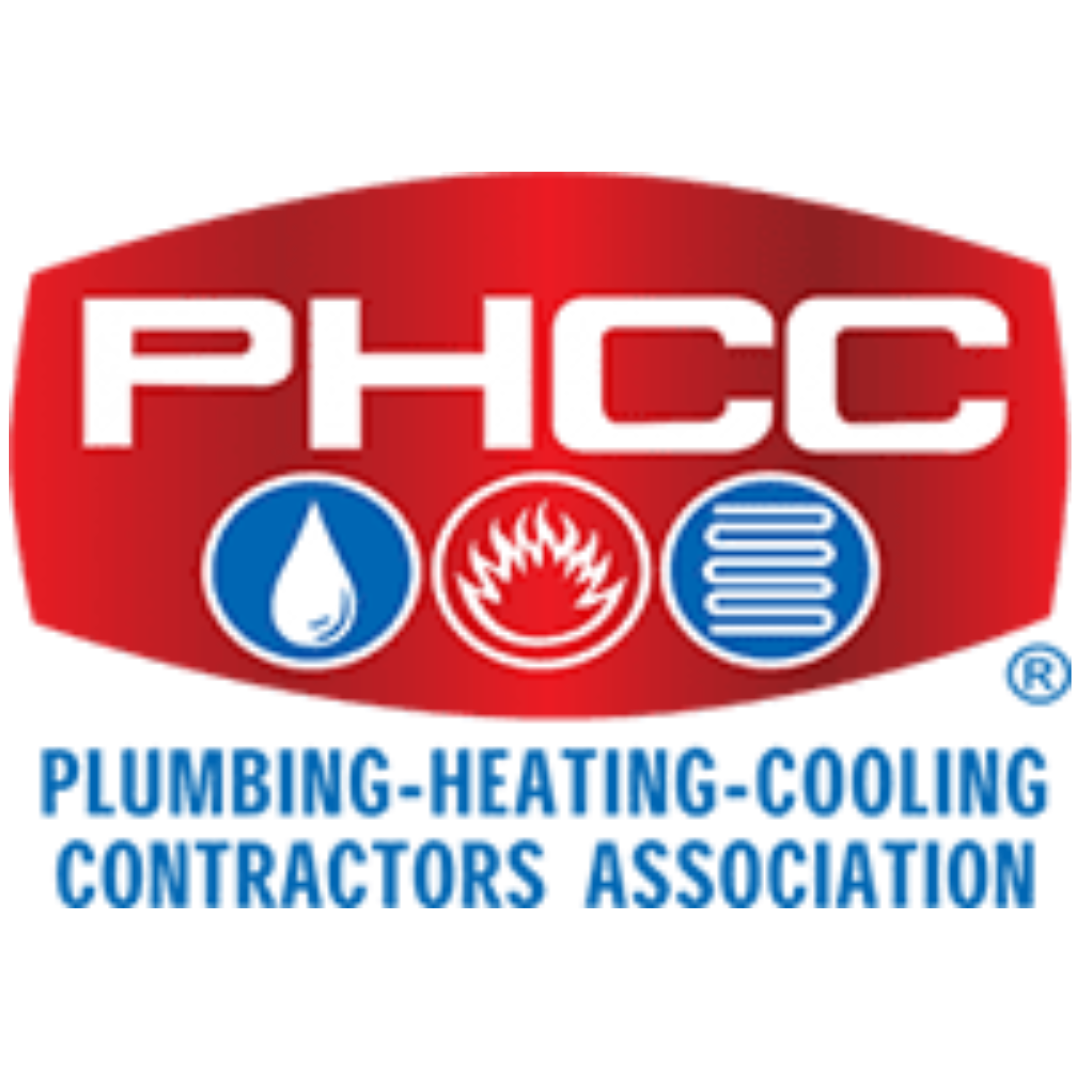Read Our Blog
About Quick Links
Our Services
617 Maynardville Pike Suite 101
Knoxville, TN 37918
Map & Directions
4807 Ray St
Morristown, TN 37814
Map & Directions
405 Donovans Ln
Kodak, TN 37764
Map & Directions
Immediately Hiring Electricians & HVAC Techs With $5000 Sign-On Bonus- Weekly Pay
Now Offering GoodLeap, Service Finance, and Synchrony Financing!
Read Our Blog
About Quick Links
Our Services





617 Maynardville Pike Suite 101
Knoxville, TN 37918
4807 Ray St
Morristown, TN 37814
405 Donovans Ln
Kodak, TN 37764
All Rights Reserved | Quality Plumbing Heating, Cooling, and Electrical
Web Design by: